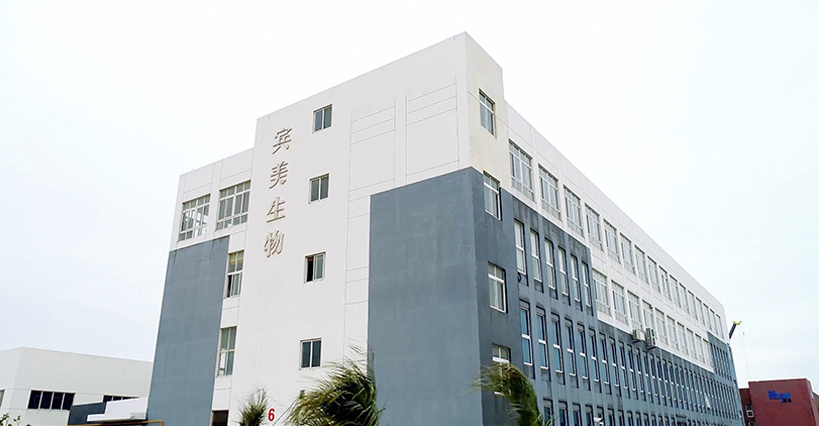
The History Of Blue Spirulina (Phycocyanin)
In 1982, Iijima studied in mice’s oral blue spirulina (Phycocyanin) to increase the survival rate of mice injected with liver tumor cells, and the experimental group had significantly higher lymphocyte activity than the control group. They believed that the blue spirulina (Phycocyanin) had the functions of promoting immunity and disease resistance. In 1986, Harvard Hospital Schwartz and Shklar discovered that blue spirulina (Phycocyanin) can inhibit some cancer cells. Also in 1986, the Japanese Kangpai AIDS Institute developed and applied blue spirulina (Phycocyanin) as the drug and food nutrition rehabilitation of cancer patients, such as leukemia patients, with prominent curative effects. Then blue spirulina (Phycocyanin) went into public view.
At the beginning of the 21st century, Blue spirulina (Phycocyanin) was widely used as a high- grade natural pigment for foods and cosmetics in Europe, America, Japan, and other countries. Certainly, it also was made into biochemical pharmaceuticals.
